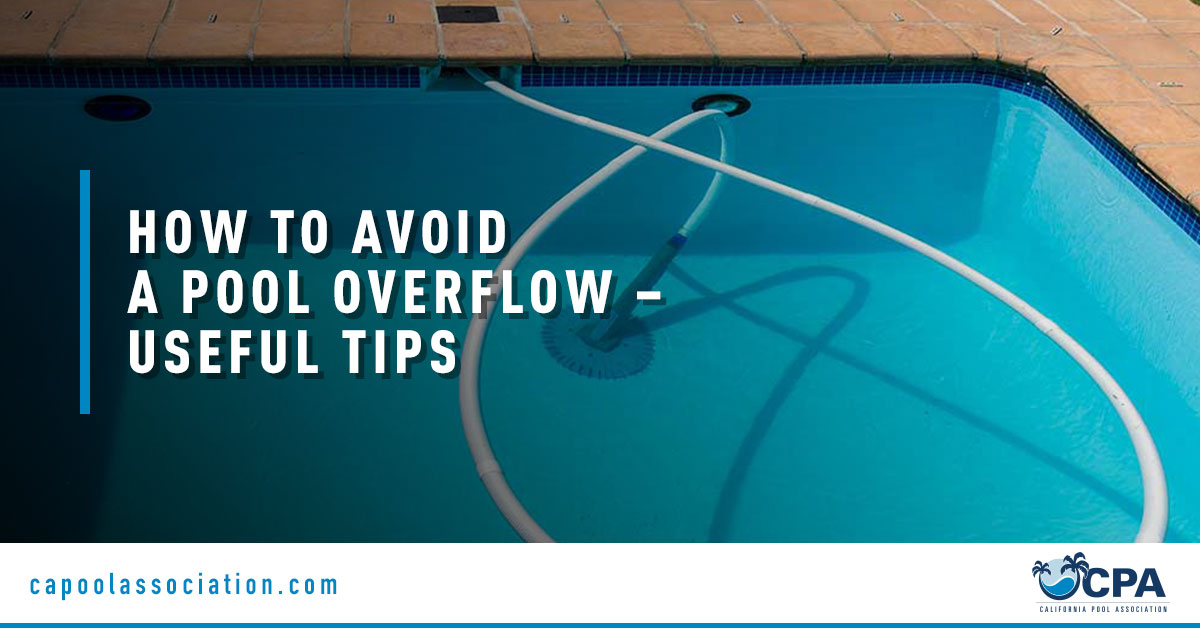
Keeping your pool at the right water level protects your home, avoids wasted water, and helps prevent insurance headaches. Overflows still happen when hoses are left running, autofill parts fail, or rain pushes levels over the edge. The good news: a few inexpensive tools and steady habits can nearly eliminate the risk.
Most overflows trace back to simple issues:
Any of these can cause deck erosion, water intrusion near the home, and hazards around pumps and lights—problems that are costly and often preventable.
A timer fill valve shuts the water off automatically after a set period (for example, 30–60 minutes). It is inexpensive and removes the need to “remember.” Many service companies now offer them as a standard add-on for frequent travelers or vacant properties.
Modern controllers use sensors to keep water in range and can alert you if something is off. Newer models integrate with smart home systems so you can monitor and get notifications on your phone.
| Feature | Manual Fill Valve | Timer Fill Valve | Automatic Water Level Controller |
|---|---|---|---|
| Approx. Cost | $10–$20 | $25–$40 | $150–$400+ |
| Human Involvement | High | Medium | Low |
| Overflow Risk | High | Very Low | Nearly Zero |
| Best For | Short, attended fills | Most residential pools | Busy or remote owners |
If you must fill by hose, set it to a small stream barely above a drip and secure it with a weight at the coping. At a trickle, many pools gain roughly 2–3 inches across a week. If it rains or the pool brims, water sheds over the coping much like rainfall and follows normal deck drainage.
Photos before and after service create a simple record. Service pros can email the image to the owner, including a recommendation to add water or install a timer valve. This protects both sides if a dispute or claim arises.
Small steps can prevent large bills. Overflows can damage decking, seep toward the structure, and threaten electrical systems around the pool. Repeated incidents may lead to higher premiums or stricter underwriting. Using timer valves or AWLCs shows you are maintaining the property and reducing avoidable losses. That helps keep your claim history clean and your coverage easier to maintain.